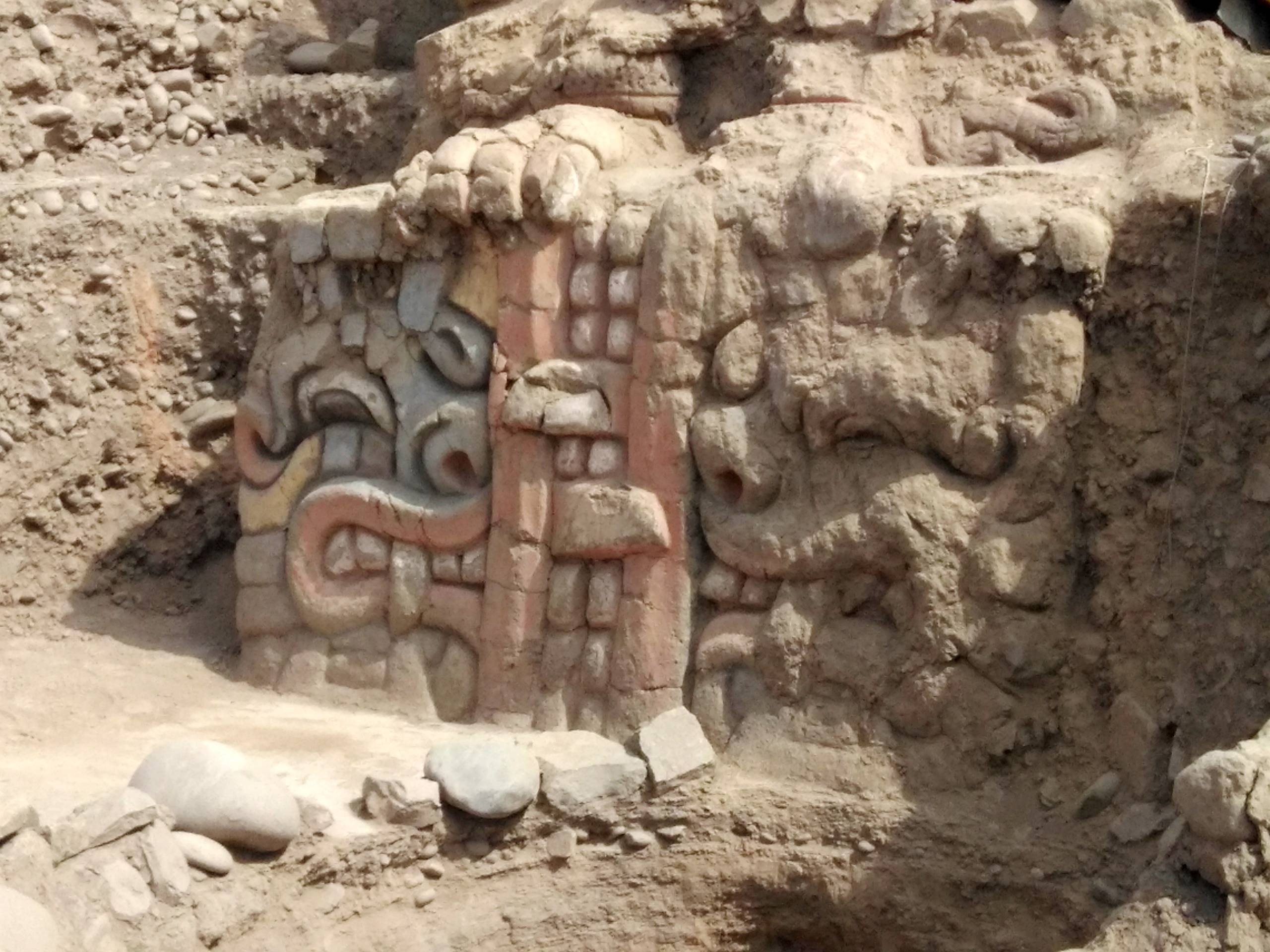The Archaeological Site of Garagay: A Ceremonial Center of the Andean Formative Era
Garagay is an archaeological site of significant importance located in the district of San Martín de Porres, within the city of Lima, Peru. This site, dating back to approximately 1400 BC, represents a key ceremonial center from the Andean Formative era, showcasing the architectural and cultural developments of ancient societies in the region.
Get your dose of History via Email
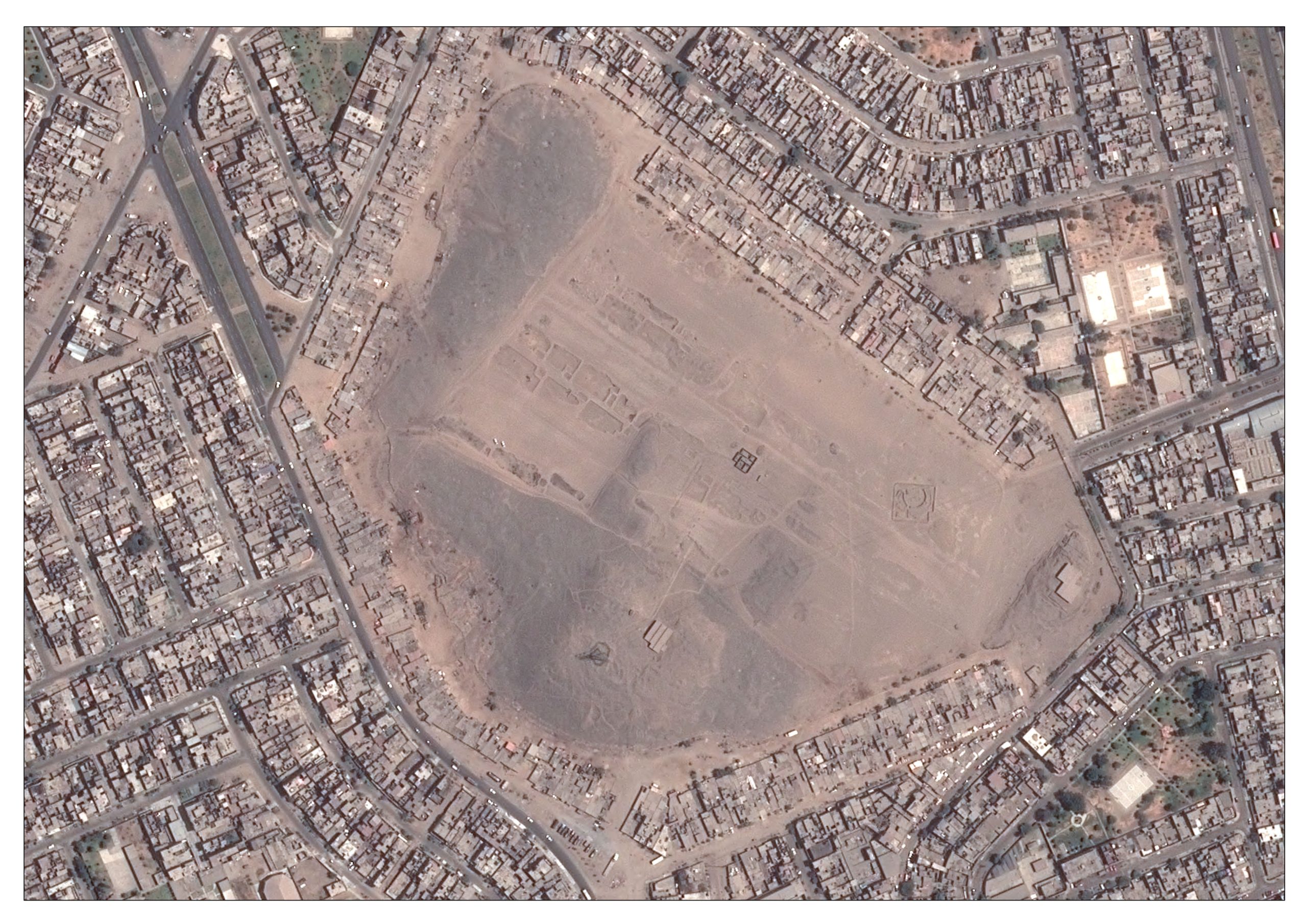
Location and Historical Context
Situated near the intersection of Angélica Gamarra and Universitaria avenues, Garagay lies within an area formerly known as the “Garagay Alto” Hacienda, owned by the Valle family. The site is positioned in the valley of the Rímac River, a location that underscores its significance within the ancient Andean landscape.
Architectural Features
Garagay comprises three large terraced structures arranged in a U shape, a characteristic architectural style of the period. These structures are built around a large esplanade, open to the northeast, reflecting the ceremonial and communal functions of the site. The most notable feature of Garagay is its clay high-reliefs in the style of the Chavín Culture, depicting deities with feline features. These reliefs, found on a pilaster in the ceremonial atrium, highlight the religious and mythological significance of the site.
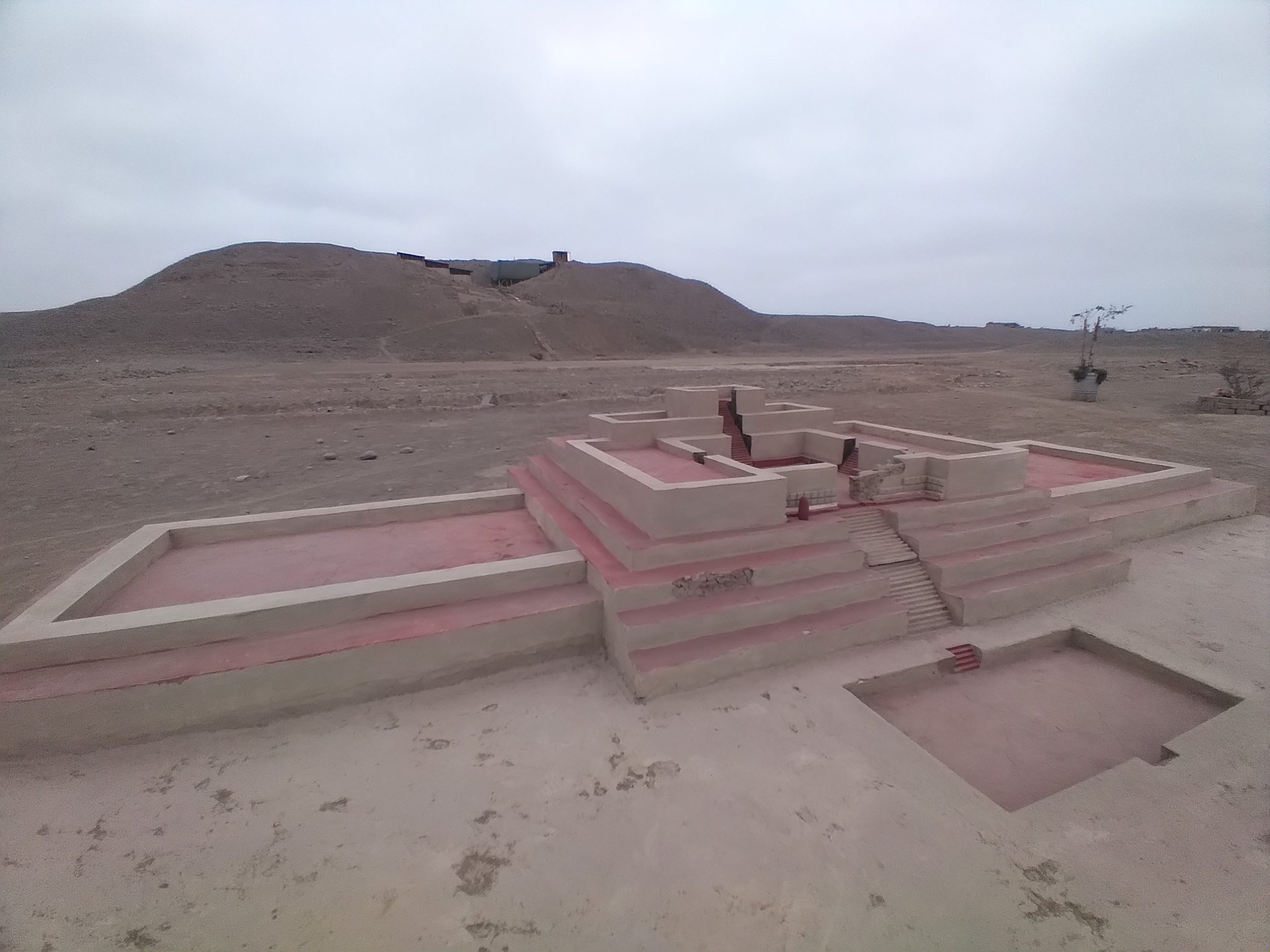
Chronology and Cultural Significance
Radiocarbon dating places the construction of Garagay around 1400 BC, with the site remaining active until approximately 600 BC. This period corresponds to the Middle and Higher Formative periods of Andean civilization. Garagay underwent three major renovations during its use, indicating its long-standing importance and evolving architectural styles.
The site’s iconography, particularly the depiction of gods with feline features, reflects the fears and beliefs of agricultural societies regarding supernatural forces. Garagay’s architectural tradition, especially the U-shaped temples, suggests the presence of a priestly caste that wielded power through the control of production means.
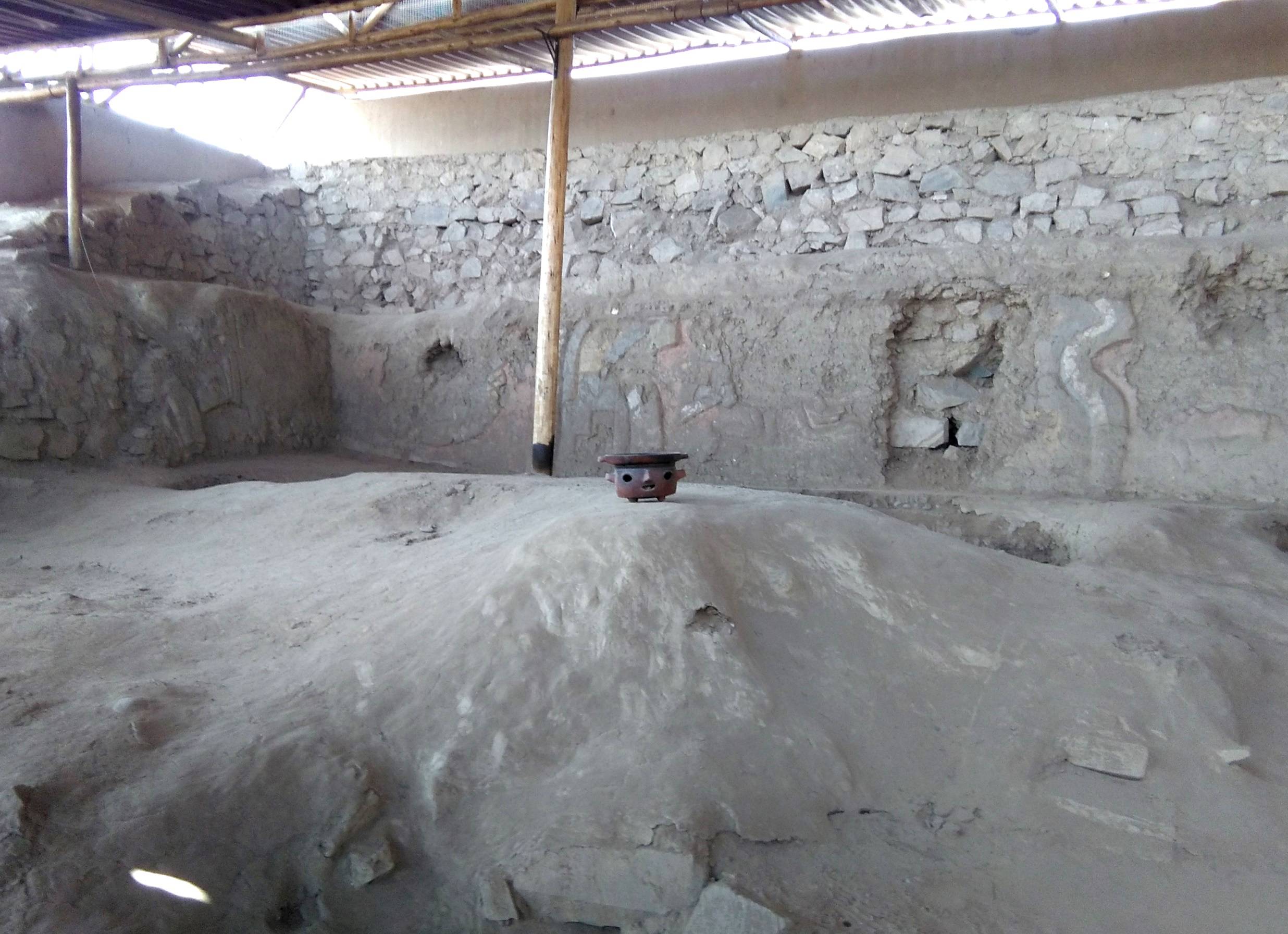
Excavations and Studies
Garagay first came to light in 1959, with significant excavations conducted by archaeologists Rogger Ravines and William H. Isbell in 1974. These excavations uncovered notable polychrome friezes and thousands of ceramic and textile objects, providing invaluable insights into the site’s cultural and religious practices.
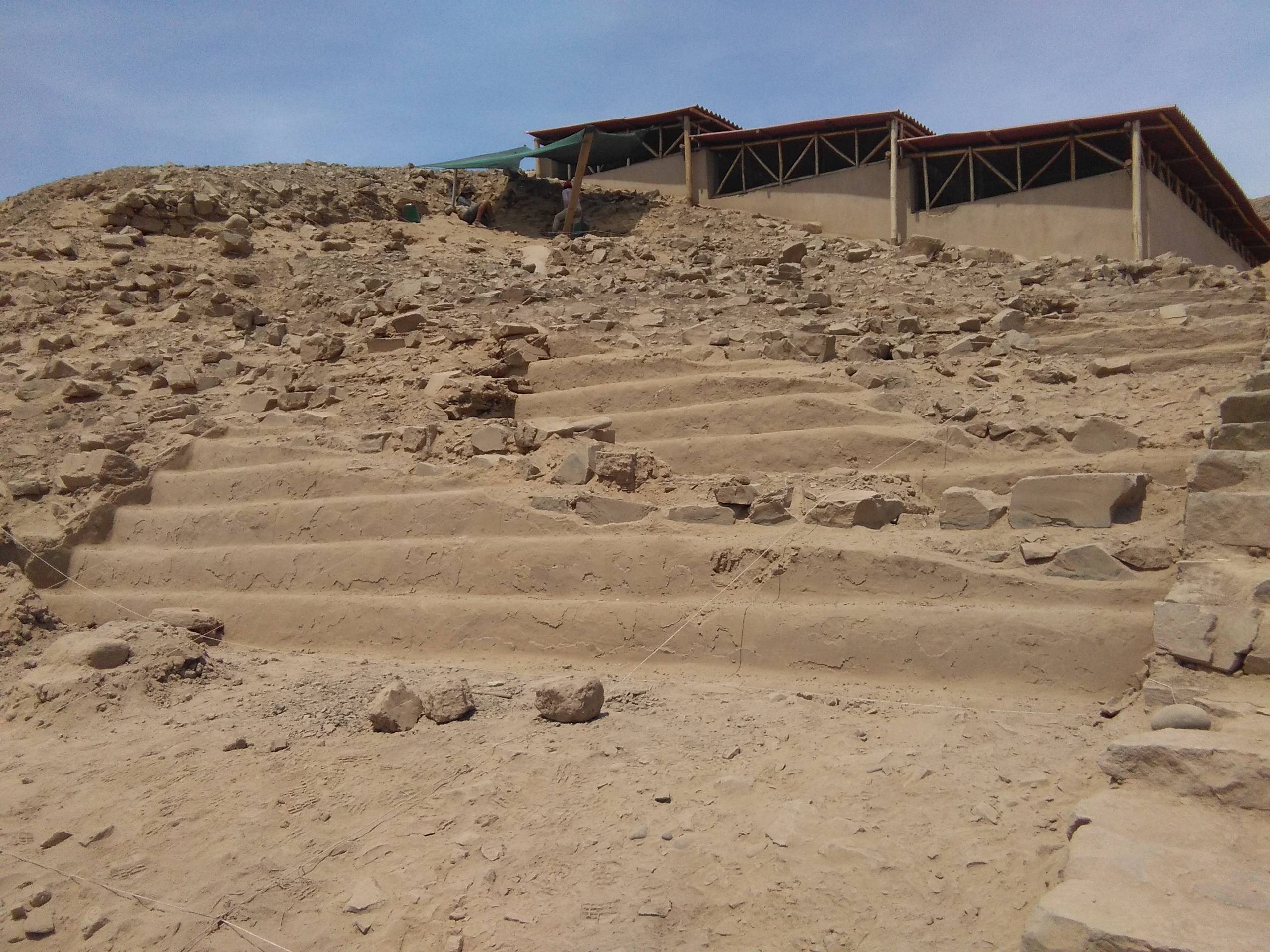
Conservation Challenges
Despite its historical significance, Garagay’s state of conservation has been delicate, particularly after the site was invaded and looted in 1985. Efforts to protect and conserve the site have faced numerous challenges, including environmental degradation, urban encroachment, and vandalism. Currently, a team of specialists from the Metropolitan Municipality of Lima, led by archaeologist Héctor Walde, is undertaking research, conservation, and enhancement work to preserve this important cultural heritage.
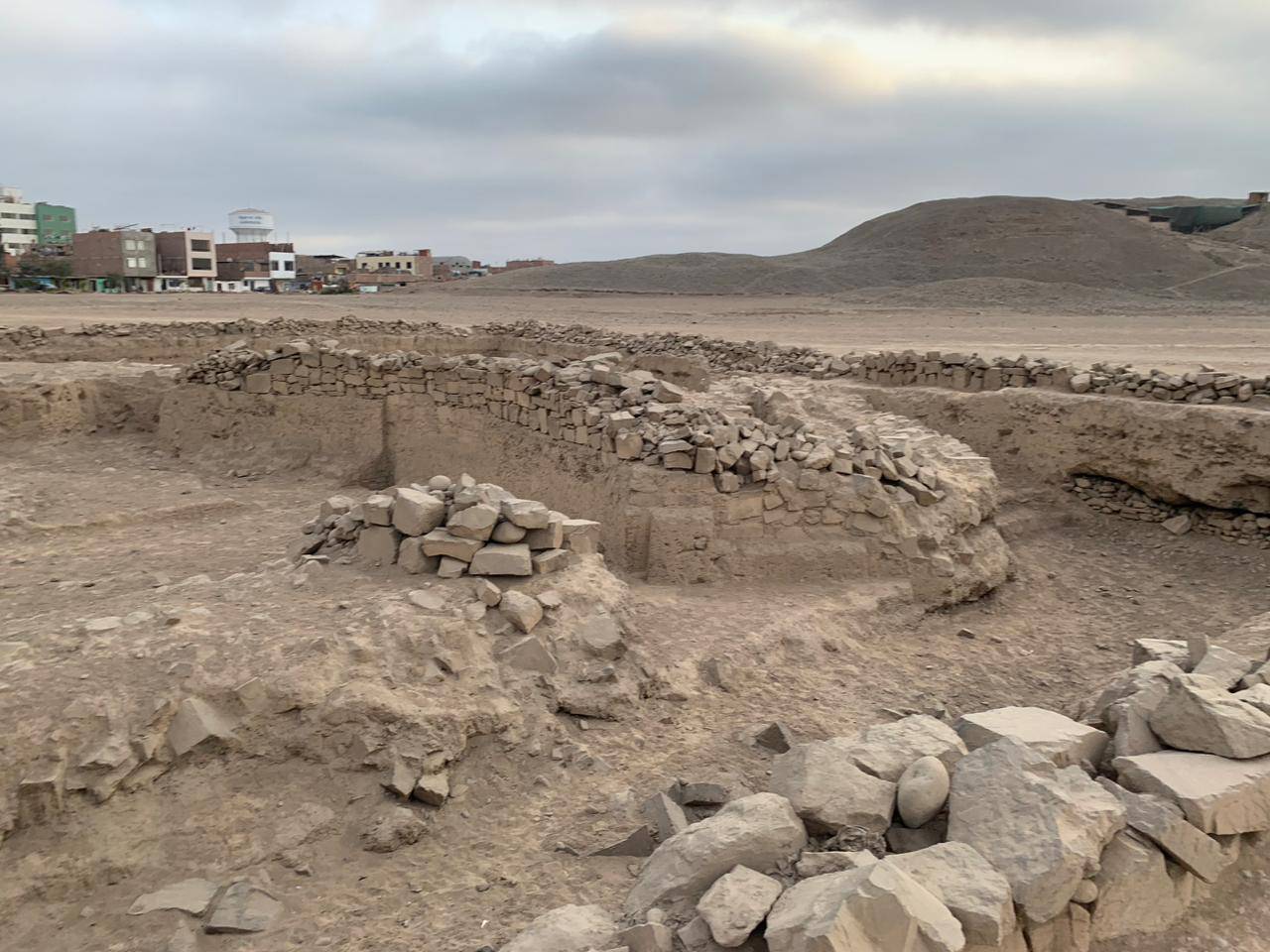
Conclusion
Garagay stands as a testament to the complex societies that flourished on the central coast of Peru during the Andean Formative era. Its architectural and iconographic features offer critical insights into the religious and social practices of ancient Andean civilizations. Despite the challenges faced in its conservation, ongoing efforts highlight the importance of preserving Garagay as a key archaeological site in Lima and a significant center of high civilization in the Americas.
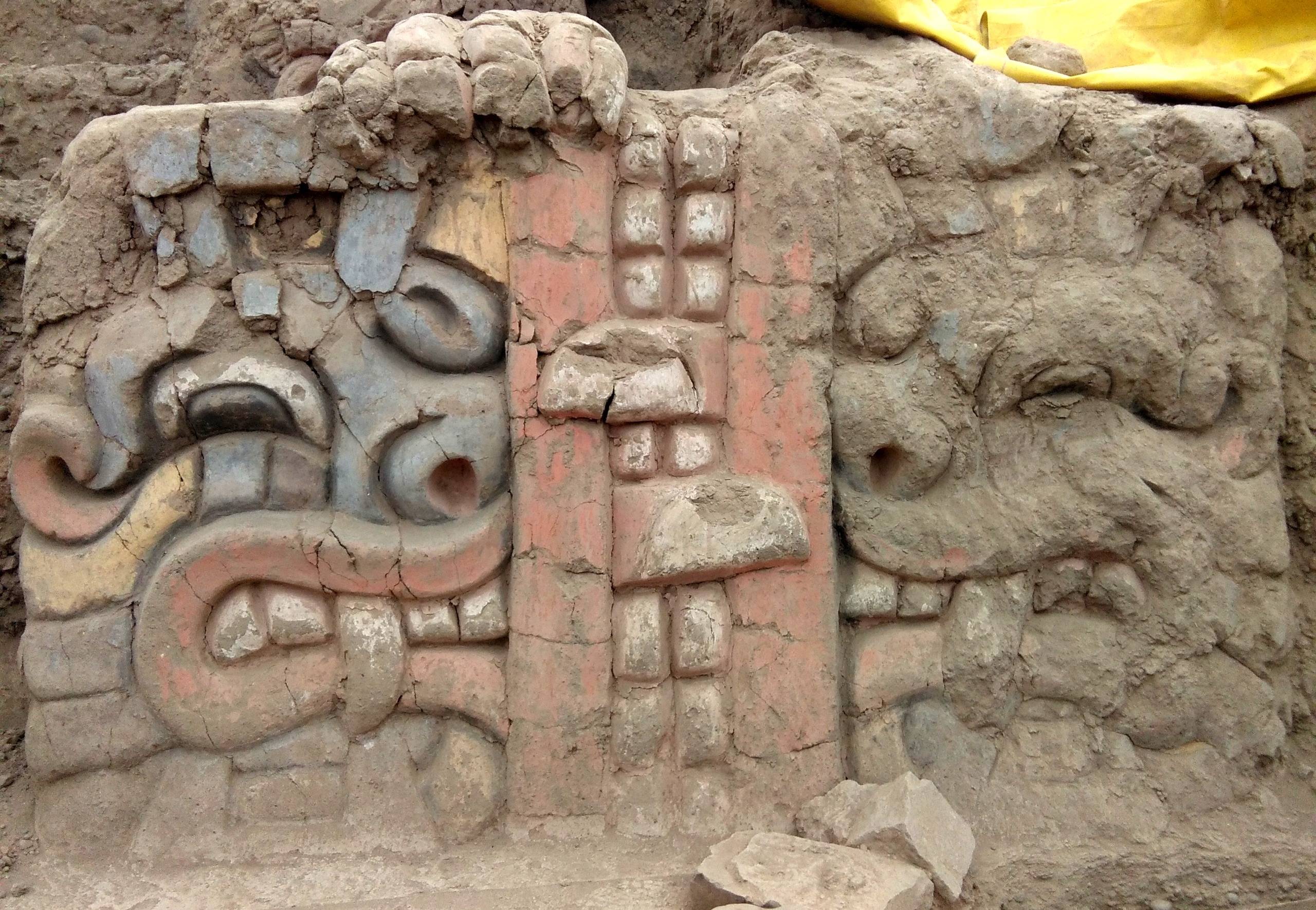
Sources:

